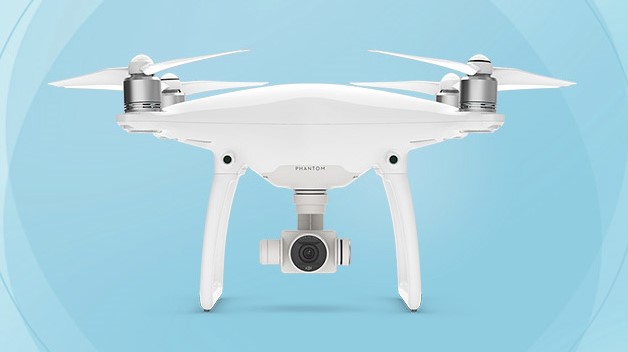
A 20-foot-long drone that was brought to North Dakota to test precision agriculture methods is now part of a trial run to see if can help crews restore power to areas hit by natural disasters.
The Israeli-manufactured Elbit Systems Hermes 450 aircraft can cover 40,000 acres in an hour and fly up to 17 hours before refueling. Officials involved in the Xcel Energy test program say the larger drone’s ability to cover more ground, collect more data and fly at night is expected to help the company move crews, materials and equipment quickly and safely.
“When you have a storm, when you have fires, getting crews on the ground to identify damage is flat-out dangerous,” Raanan Horowitz, president and CEO of Elbit Systems of America, said Monday when the drone was shown off to public officials at an airport in Hillsboro, about 35 miles north of Fargo.
One of the tests involves a mock disaster using power poles placed in ditches in and around the nearby city of Mayville. Preliminary reports show that the drone is effective in quickly locating the downed poles both day and night, Xcel Energy Vice President Laura McCarten said.
“Apparently those wood poles stay warmer than the surroundings, so the infrared technology is able to spot them at night,” she said.
Xcel Energy is headquartered in Minneapolis and serves customers in North Dakota, Minnesota, South Dakota, Wisconsin, Colorado, Michigan, Texas and New Mexico.
There are still key issues to be ironed out before the drones can be used on a widespread commercial basis, including Federal Aviation Administration approval to operate beyond line of sight, or without the use of a chase plane keeping tabs on the planes. North Dakota Sen. John Hoeven said he hopes North Dakota will be flying drones without chase planes by the end of the year.
“You’re covering such big distances. You’re losing the utility of the unmanned aircraft if you have to have a chase plane,” Hoeven said.
Minnesota Rep. Collin Peterson, whose district borders North Dakota, said the FFA “didn’t do too bad of a job” on regulations for small drones, but he expects a much stiffer challenge on rules for larger aircraft.
“FAA is very slow moving bureaucracy, to say the least,” Peterson said.
If larger unmanned aircraft are approved for beyond-line-of-sight operations, Horowitz said the quadcopters and drones that weigh less than 55 pounds would still be used in a complementary role.
“The bottom line is, when you look at the size and the areas that you are trying to cover, when you look at the resolution, when you look at using sensors that can yield data that is actually usable, this is the way to go,” Horowitz said of the Hermes drone.
Elbit Systems and Xcel Energy have combined to contribute about $500,000 into flying the Hermes drone. McCarten said the agriculture test program that began in May provided a “ready-made platform” for the Xcel study.
North Dakota State University researcher John Nowatzki said the agriculture test has yielded impressive results on the drone’s ability to capture images. Nowatzki has displayed pictures of a shelter belt taken from 4,000, 6,000 and 8,000 feet, with no discernable difference to the human eye.
“The key message here, maybe, is that we get high resolutions at all levels,” he said.
Sarah Lovas, an area farmer and crop consultant, said some of her cohorts still want to find out how they can manage the data in an affordable way, but most have embraced the technology.
“There’s just no such thing as a dumb farmer anymore,” she said.